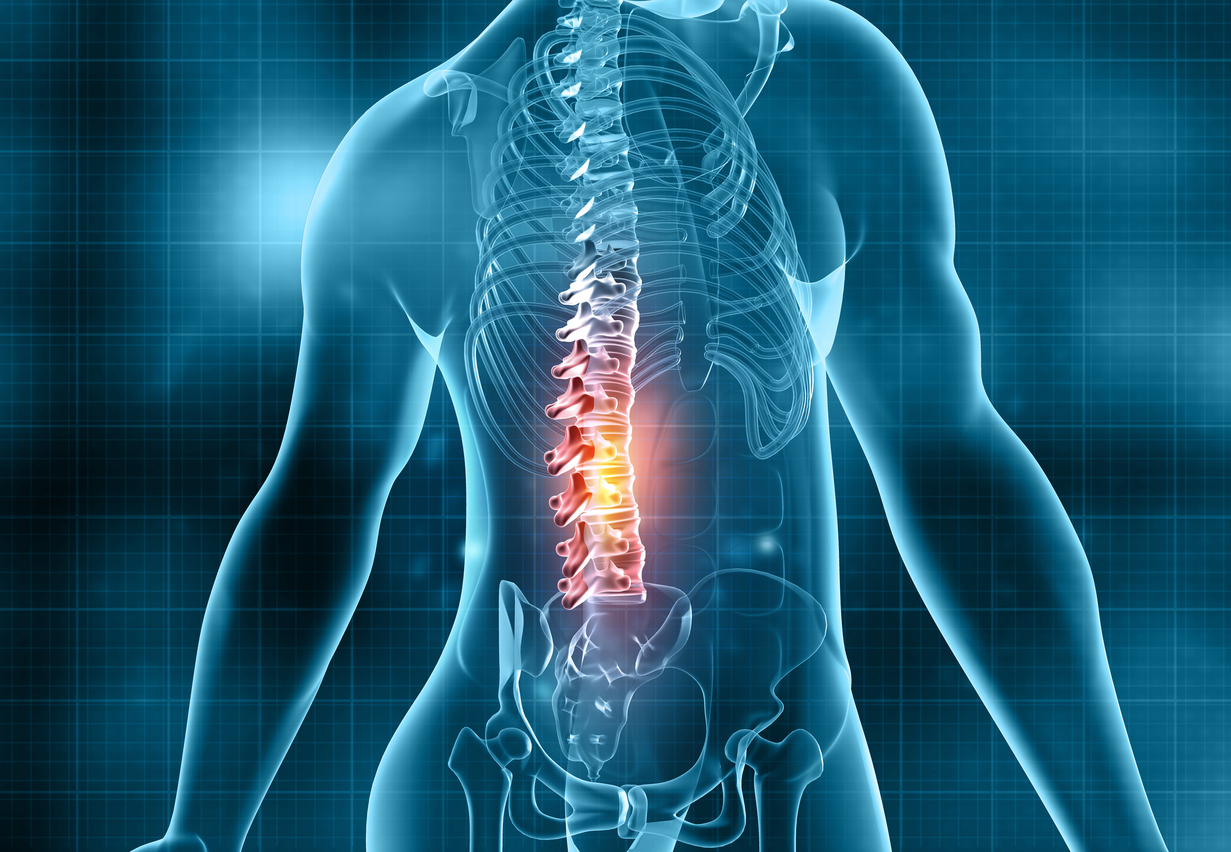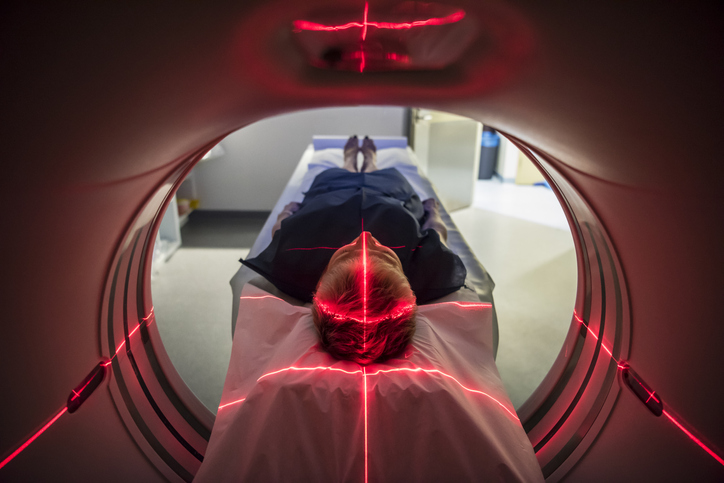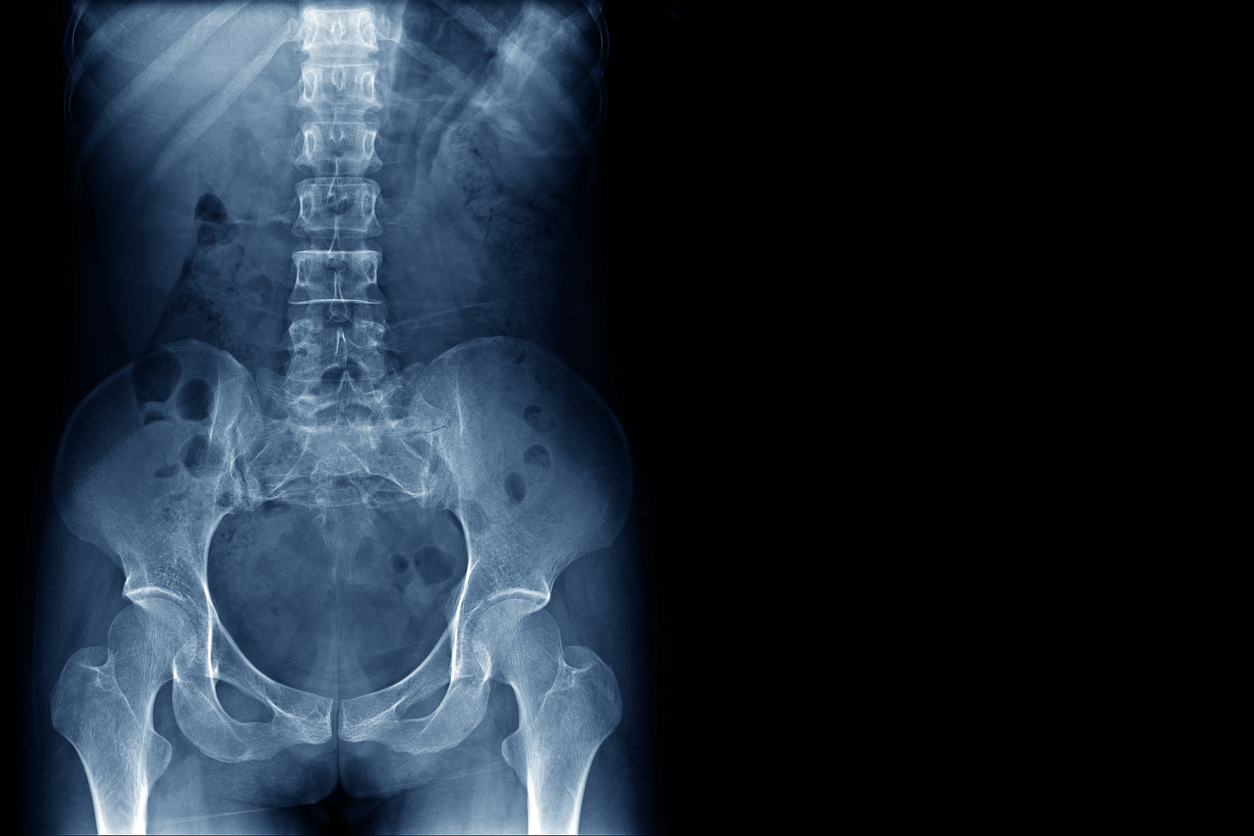Pain
Failed Back Surgery Syndrome — Causes, Symptoms and Treatments

When a variety of issues, complications, and symptoms surface following back surgery, failed back surgery syndrome (FBSS) is a possibility. If an individual has one or more back surgeries and is still experiencing pain higher than a 5 on the pain scale, a doctor should be consulted.
Causes
A number of factors could lead to FBSS. The most common reasons include the following::
- The spine is not properly fused during surgery.
- Certain nerves are damaged during the surgery.
- Discs or bones are not removed entirely.
- New issues arise in different areas of the spinal column because of the surgery.
Symptoms
Like any syndrome, symptoms vary depending on medical history, age, gender, etc. The most common symptoms include the following:
- Aching in the back or neck
- Tingling or numbness in the back
- Experiencing pain that extends into the arms and legs
- Feeling pain at the incision site
- Twitching or spasms in the muscles
Treatments
Treatment varies depending on symptoms. Common treatment options include the following:
- Weight management
- Physical therapy
- Exercise
- Prescription pain medication
- Spinal nerve stimulation (for more advanced cases and long-term pain relief)
Due to the complex nature of back surgery, some individuals require more than one surgery. Unfortunately, failure rates are high, and some people do not find relief in subsequent surgeries. Conditions, symptoms, and severity of back pain varies from person to person.
















